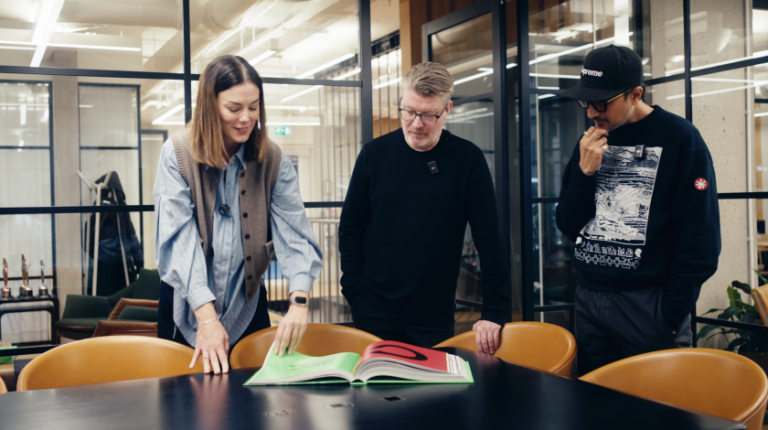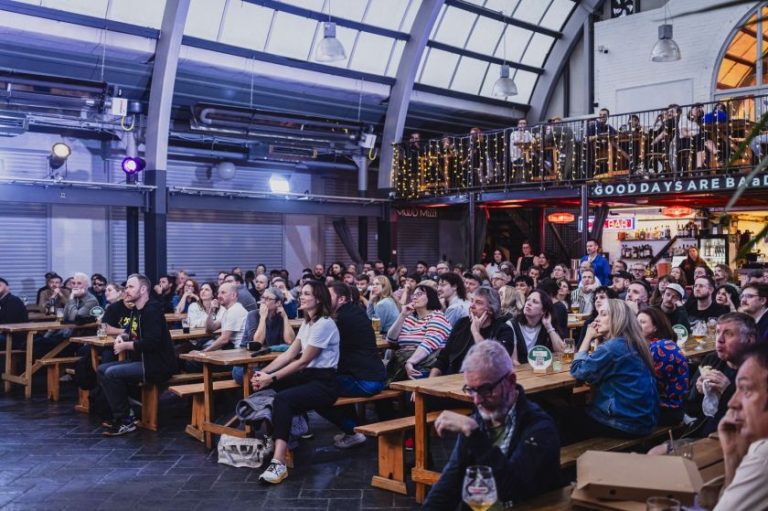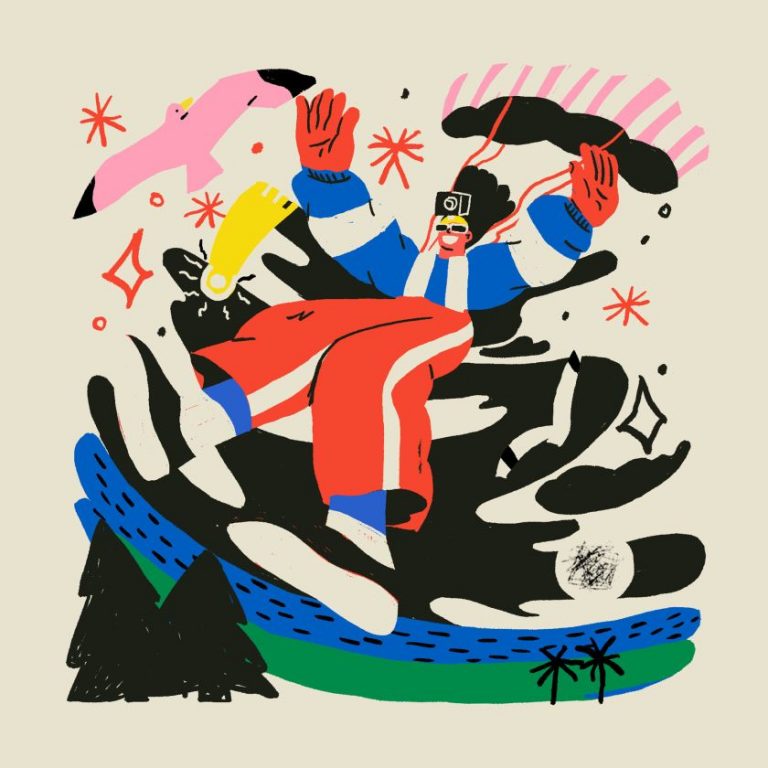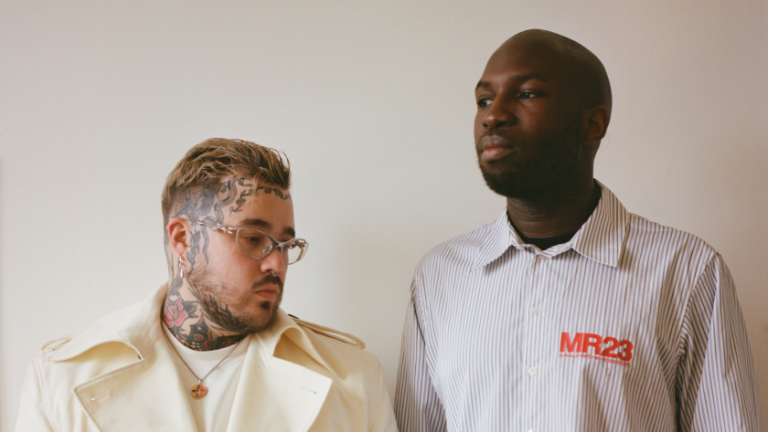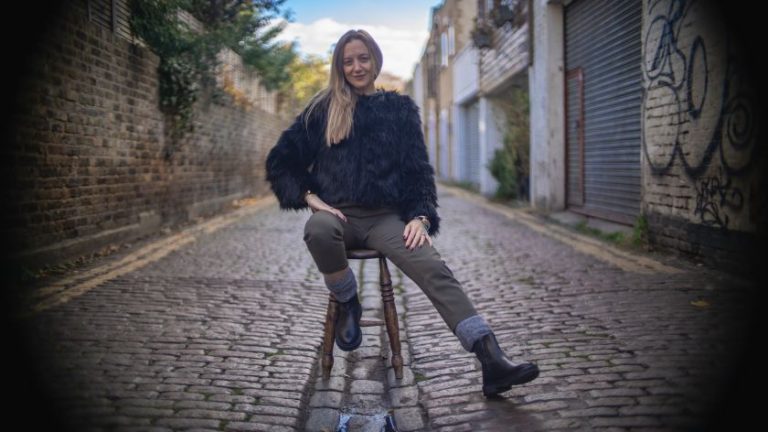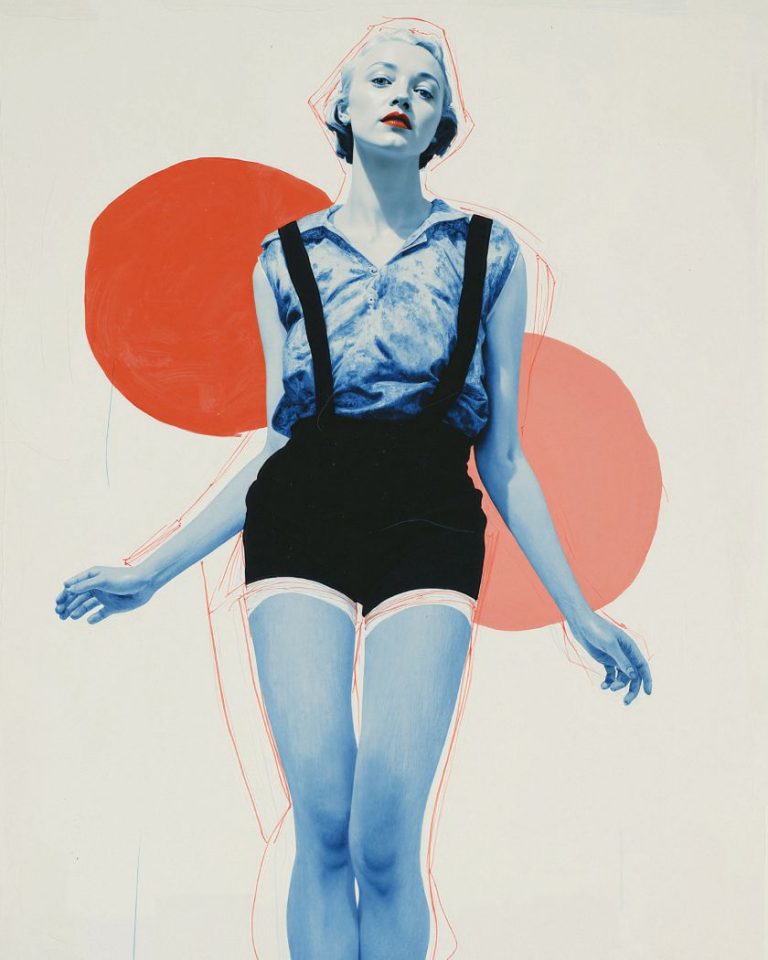With work stretching across half a century, Charlie Phillips is one of Britain’s greatest street photographers. But until recently, he’s failed to get the recognition he deserves. Now, a Kickstarter campaign for a newly published collection is set to right that wrong.
For decades, the incredible street photography of Charlie Phillips has been criminally overlooked and largely unseen by the public. But now a Kickstarter campaign aims to finally give Phillips’ life’s work the spotlight it deserves in the form of a beautiful book collection.
Now in his 80s, Charlie has been called “the greatest photographer you’ve never heard of” by Time Out and “the most important (yet least lauded) Black photographer of his generation” by online magazine The Root.
Born in Jamaica, he spent his early childhood with his grandparents after his parents had migrated to Britain. At the age of 11, he, too, made the journey to England, joining his parents in 1956. As a teen, he acquired a camera left behind at a house party by an American GI. He taught himself to use it by reading a book he bought in Boots on how to take photos and developing his prints in the family bathroom when his parents were in bed.
Poetic intimacy
The black-and-white photos he took poetically captured the lives of ordinary people in London’s Notting Hill neighbourhood, a centre for immigrants from the Caribbean that was characterised by racism and poverty. Subjects included parties, street scenes, flashy “rude boys” in their zoot suits, families, musicians, and more.
These impromptu portraits have an intimacy that speaks to Charlie’s ability to connect with his subjects. Their relaxed nature in these shots speaks of his own spontaneous style and personality, as well as telling a bigger story of a changing London and Britain.
In recent years, Charlie has called the ordinary people he shot in Notting Hill “the silent minority”, a strata of society whose lives would have gone undocumented had they not had an artist living among them, taking photos with them barely noticing.
Not that he ever saw himself that way. “I was a grassroots photographer,” Charlie says. “I was just an ordinary black guy from the ghetto – a bit radical, part of the alternative culture of that time. My associations lay with Allen Ginsberg, Jack Kerouac, Che Guevara, and the Beat Generation.”
Success in Europe
After joining the Merchant Navy, Phillips travelled widely throughout Europe, to Sweden, Switzerland, France, and Italy. Caught up in the protest movements of the late 1960s, he took photographs of the student riots in Paris and Rome. He also took paparazzi-style pictures of celebrities, including Omar Sharif, Gina Lollobrigida and Muhammad Ali.
After meeting legendary director Federico Fellini, Phillips was hired as an extra in the 1969 film Satyricon. He then worked as a freelance photographer for magazines like Vogue Italia and had his first exhibition in Milan in 1972, entitled Il Frustrazi, which portrayed the lives of urban migrant workers.
However, despite his success, the British cultural establishment repeatedly shut doors on Phillips in the 1970s, unable to believe a self-taught black photographer from the “ghetto” could achieve such artistic heights.
It took decades, but Phillips has now finally started receiving the accolades he always deserved, with historians like Simon Schama hailing him as “one of Britain’s great photo-portraitists… a visual poet; chronicler, champion, witness of a gone world.”
Celebrating his legacy
Now, London’s Bluecoat Press has launched a Kickstarter to publish a gorgeous, carefully curated photo book titled Charlie Phillips – A Grassroots Legacy. With over 100 tri-tone printed images, it promises to be a comprehensive celebration of this unsung master’s incredible body of work.
As the Kickstarter puts it, “Respect has been a long time coming for the great Charlie Phillips, but – with your help – it is finally here.” For fans of street and documentary photography, this is a campaign worth backing to honour one of Britain’s most vital and underappreciated living photographers.


